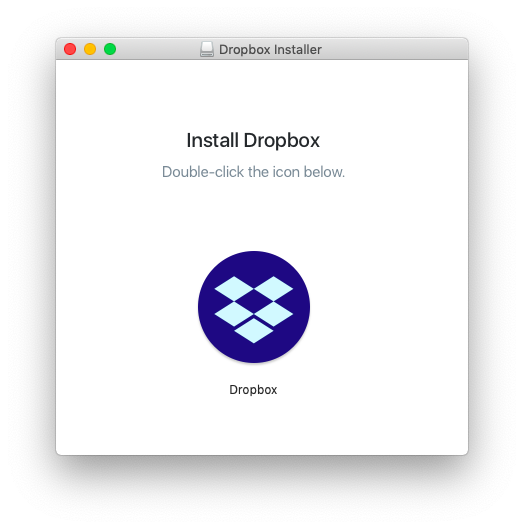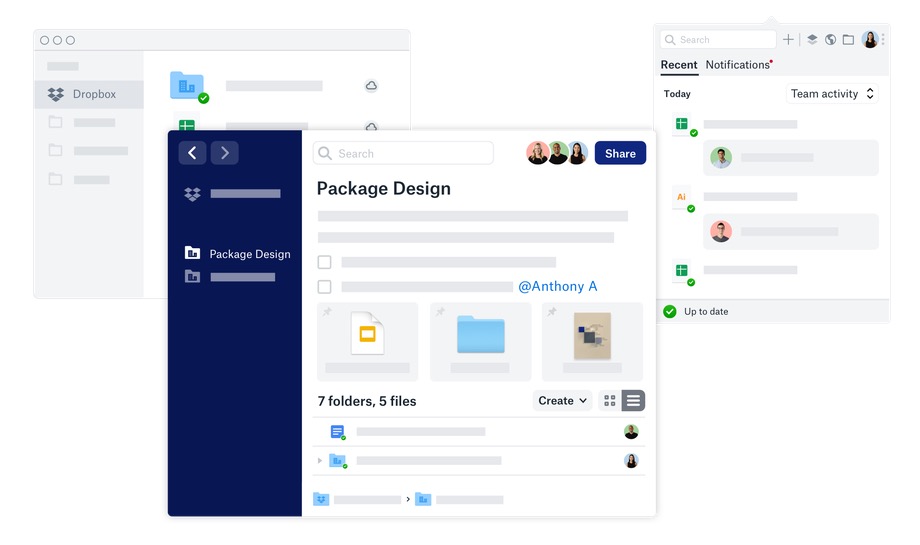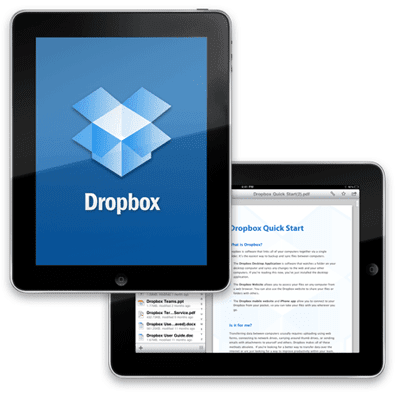

The kernel extension OneDrive used enabled Files-on-Demand, according to Microsoft. People running OneDrive versions older than 22.0103 would also face issues running Files-on-Demand, a function used to open files within Apple's File Provider platform, Microsoft said. "Both service providers have replacements for this functionality currently in beta." "The kernel extensions used by Dropbox Desktop Application and Microsoft OneDrive are no longer available," Apple said in a blog detailing the new build last week. If you find this article helpful, don't forget to share it with others.Apple removed kernel extensions in the beta version of macOS 12.3, causing testers running OneDrive to see the prompt "OneDrive couldn't start." Testers using Dropbox had trouble opening online-only files due to the same problem. Your files in Dropbox won't be deleted, and you can still get them when you sign in to your Dropbox account.

Hopefully, you have successfully uninstalled Dropbox on your Mac by using one of the two ways above.

Go over the following paths to find and remove all the related files of Dropbox.Click the Go menu in Finder and choose Go to Folder.You also need to delete related files it left on your Mac. Locate Dropbox and drag it to the Trash.ĭragging Dropbox to the Trash won't completely delete it from your Mac.Find all the processes of Dropbox and stop them.To avoid failure to uninstall Dropbox, use Activity Monitor to quit all Dropbox processes. Click Preferences > Account > Sign out.Click the Dropbox icon in the menu bar.But please note that the process is time-consuming, and you may not be able to delete all files related to Dropbox. You can also delete Dropbox from your Mac manually. To remove the Dropbox folder, press Command + Shift + H keys to open the Home folder and drag the Dropbox folder to the Trash. Deleting Dropbox on your Mac won't remove your Dropbox account or the Dropbox folder on your hard drive.


 0 kommentar(er)
0 kommentar(er)
